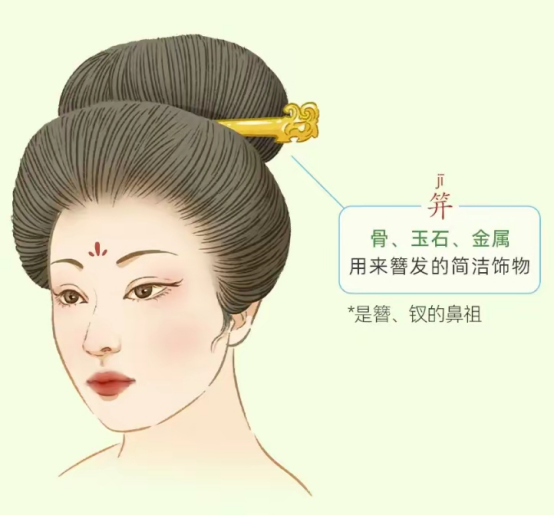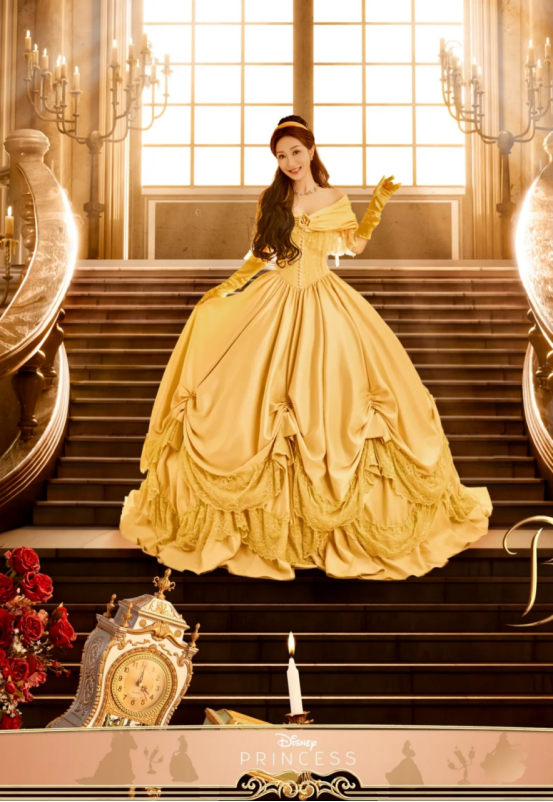In ancient China, when a woman reached the age of about 15, she would welcome a major event in her life, an event of identity transformation and elegant transition. That is the women’s coming-of-age ceremony “Jili”, which declare the end of a woman’s childhood. Women officially stepped into the social view, from living in seclusion to moving forward, and obtained a series of social rights including the qualification for marriage, and were endowed with the responsibilities and respect of adults.
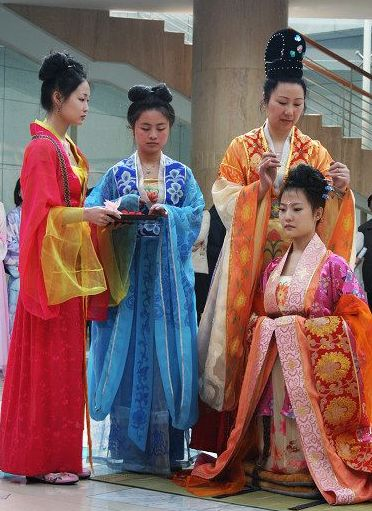
What is Jili?
Jili can be traced back to the Zhou Dynasty. The Book of Rites contains the record that “women are crowned at the age of fifteen”. If it is delayed for some reason, it should not be later than the age of 20. Generally speaking, the existence of this ceremony is not only the recognition of the family for women, but also the society’s new definition of women’s identity. Perhaps we should not understand the ritual constraints among them, but the cultural connotation existing in Jili is worthy of our trace and exploration.
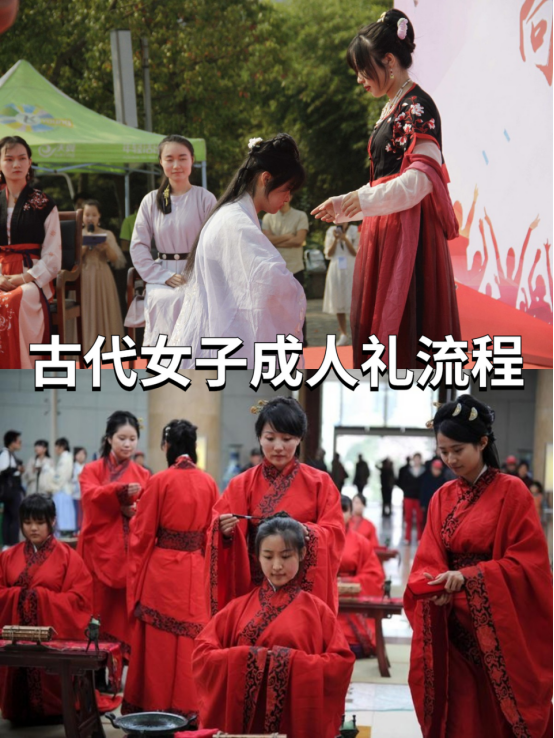
The Process of Jili
The process of Jili is solemn and standardized. It is usually presided over by a respected female elder in the family, and a group of guests are invited to witness this historical moment together. Jili first is “Shiri”, that is, selecting an auspicious day through divination, and then “Jiebin”, inviting guests to attend the ceremony.
On the day when the woman performs the ceremony, she should first take a bath, and then enter the core link of the ceremony “Jiaji”. “Jiaji” is generally divided into three times of adding hairpins. Hairpins are used to coil the woman’s hair into a fixed shape and shape it, gradually forming the traditional style of ancient Chinese women’s hairstyles. The three times of adding hairpins are “Zubu Ji”, “Pibian Ji” and “Juebian Ji” respectively. Each time of adding hairpins has a certain ritual,which good wishes for the woman’s future life. Each time of adding hairpins also has corresponding clothing requirements. After all this, the woman should wear a specific costume and wear a hairpin to salute the elders and guests. So far, the whole Jili is completed.
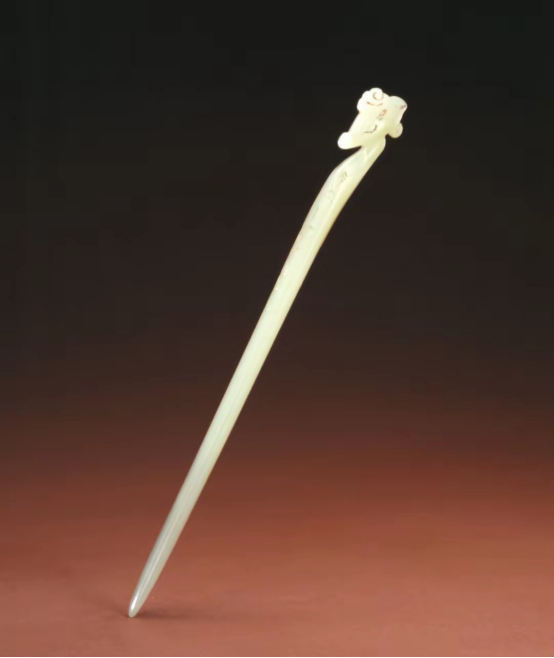
Practical Items in the Ceremony
The Ji used in Jili is a hairpin for women to tie their hair. It is of various materials, and the styles in different periods are very different, mainly including bamboo, wood, jade, gold, etc. Different materials and shapes reflect the family status and economic situation to a certain extent. In addition, there are utensils such as sweet wine, “divination tools” and “combs” that together form the utensil system of Jili. In general, they all aim at the solemnity and strict standardization of women’s Jili.
The clothing matching in Jili is also very particular, which corresponds to Jiaji. When adding the hairpin for the first time, the woman is usually dressed in “Caiyi”, which is a light-colored ruqun with exquisite patterns; when adding the hairpin for the second time, she changes into “Shenyi”, a classic ancient costume with wide sleeves and smooth lines, symbolizing the woman’s calmness and maturity; when adding the hairpin for the third time, she changes into a more solemn dress.
The fabric and workmanship of the dress are the most luxurious and exquisite among the three times of adding hairpins, highlighting the woman’s noble identity and gorgeous temperament. Whether it is the choice of Ji or the matching of clothing, it reflects the attention paid by ancient China to the life stage of adult women and the rigorous attitude towards internal etiquette.
As an important ceremony for ancient Chinese women to come of age, Jili contains rich cultural meanings. It reflects the ancients’ respect for “ritual”, reflects the ethical order and social norms of ancient families, and is an indispensable part of traditional culture, containing the life meanings of responsibility, respect and expectation.

